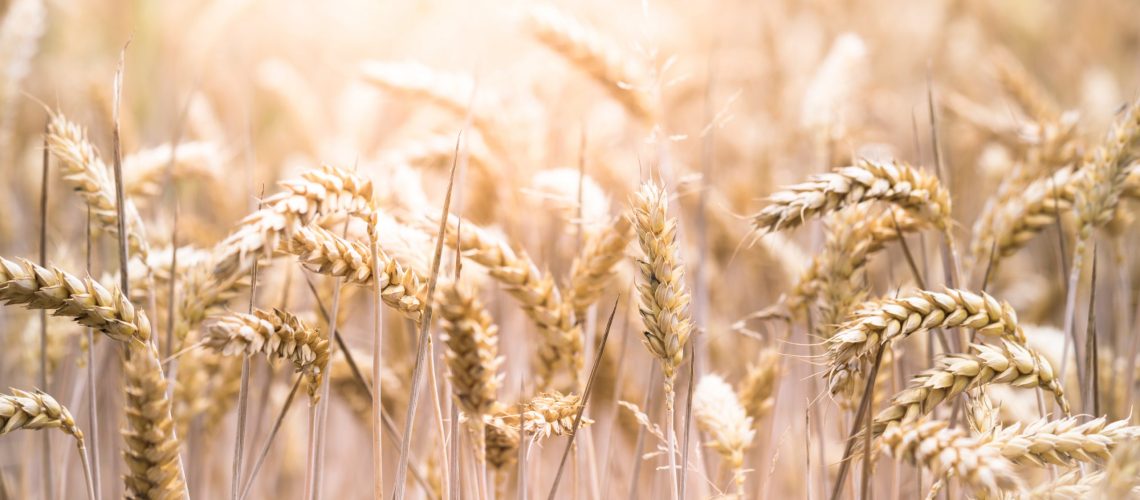

Ricardo Ramirez-Gonzalez
Post-doc/Industry MECEA Winner 2019
Gene expression bias in polyploid wheat
- Post-doc/Industry MECEA Winner 2019
- | Part of MECEA
Imagine that you are about to prepare a cake to share with your friends. The ratio between the different ingredients (e.g. water, butter, yeast and flour) will determine how soft, moist and dense the cake will be. Likewise, different tissues at different growth stages require different proportions of genes to be expressed. With the wheat reference genome[1] and several publicly available gene expression datasets we can improve our understanding of the interactions between different genes.

Bread wheat is a hybrid coming from three ancestral grasses. The effect of each of the ancestral species is one of the outstanding questions in wheat research. Like a baker testing the proportion of ingredients on different cakes, we can use RNA-Seq to calculate the contribution of each ancestral genome on different tissues. As the three ancestors of bread wheat have a similar genome structure, the majority of genes are present in sets of three (triads). I developed a novel methodology to categorize the relative contribution of each gene to the total gene expression[2]. In doing so, I could start ‘baking’ by understanding the ratio of each gene across tissues
I first described the average expression for each gene triad across tissues by assigning them to three major categories. If the relative contribution of the three genes is similar (ideally, one third each gene), the triad is balanced; if only one of the genes is contributing to most of the expression, the triad is dominant; and if one of the genes is not expressed, the triad is suppressed. I found that in general, the balanced triads tend to correspond to genes predicted to be related to the basic cellular functions, while the dominant and suppressed genes are more common in specific tissues (Fig 1A).
Using the same normalisation, but with each tissue analysed individually, I calculated the difference in relative expression across conditions. I analysed the triads with stable (similar across tissues) and dynamic (different across tissues) expression dynamics. We found that, in general, stable triads correspond to genes expressed in most of the tissues and dynamic triads tend to be expressed in fewer tissues. Furthermore, the dynamic triads are enriched for genes predicted to be responsible to how the plant responds to biotic and abiotic stresses. This suggest that the triads that change their expression bias are being affected by the environment (Fig 1B). Therefore, like a cake, there are essential ingredients which must remain relatively stable (e.g. flour, butter) whereas others provide innovation and make it more suitable for given occasions (e.g. flavours, nuts).
All the raw data, the code to repeat the analyses and the results are freely available and easily visualised on www.wheat-expression.com. These previous analyses are valuable to the community, as researchers and breeders can now look at their favourite gene, understand the tissues in which they are expressed, and determine the category and if it is differentially expressed across tissues.
Back to the kitchen, once you know the proportion of ingredients on your cake recipes you can improvise new recipes and see their effect on flavour, moistness, etc. Likewise, knowing the patterns of expression on different genes allows us to do further research to understand how changes in gene expression influence how a plant responds to the environment or changes its end use qualities. In summary, the expression atlas and associated analyses will provide a framework that will help scientists and breeders accelerate our genetic understanding of bread wheat and develop strategies to improve wheat by manipulating individual or multiple homoeologs to modulate trait responses.
About Ricardo Ramírez-González:
Ricardo has been awarded the 2019 Monogram Early Career Excellence Award. He is a bioinformatician currently working in the Uauy Lab. He has various research interests, including data management, analysis and visualisation. His main focus is on developing tools that will facilitate wheat basic research and breeding. When he is not doing data analysis he may be on the top of a mountain or riding a bike.
Links
